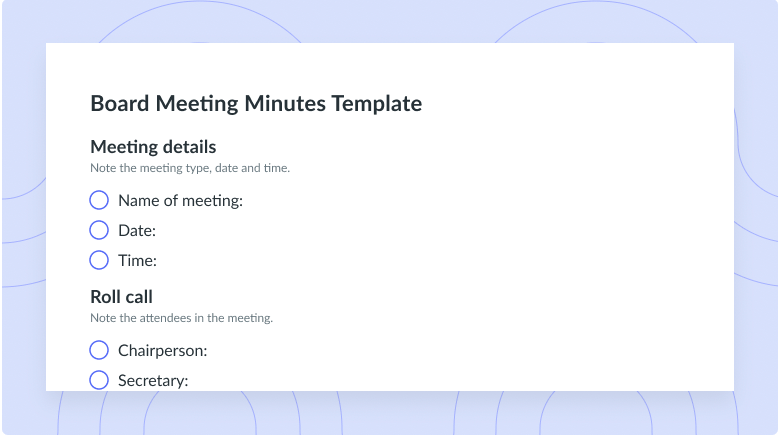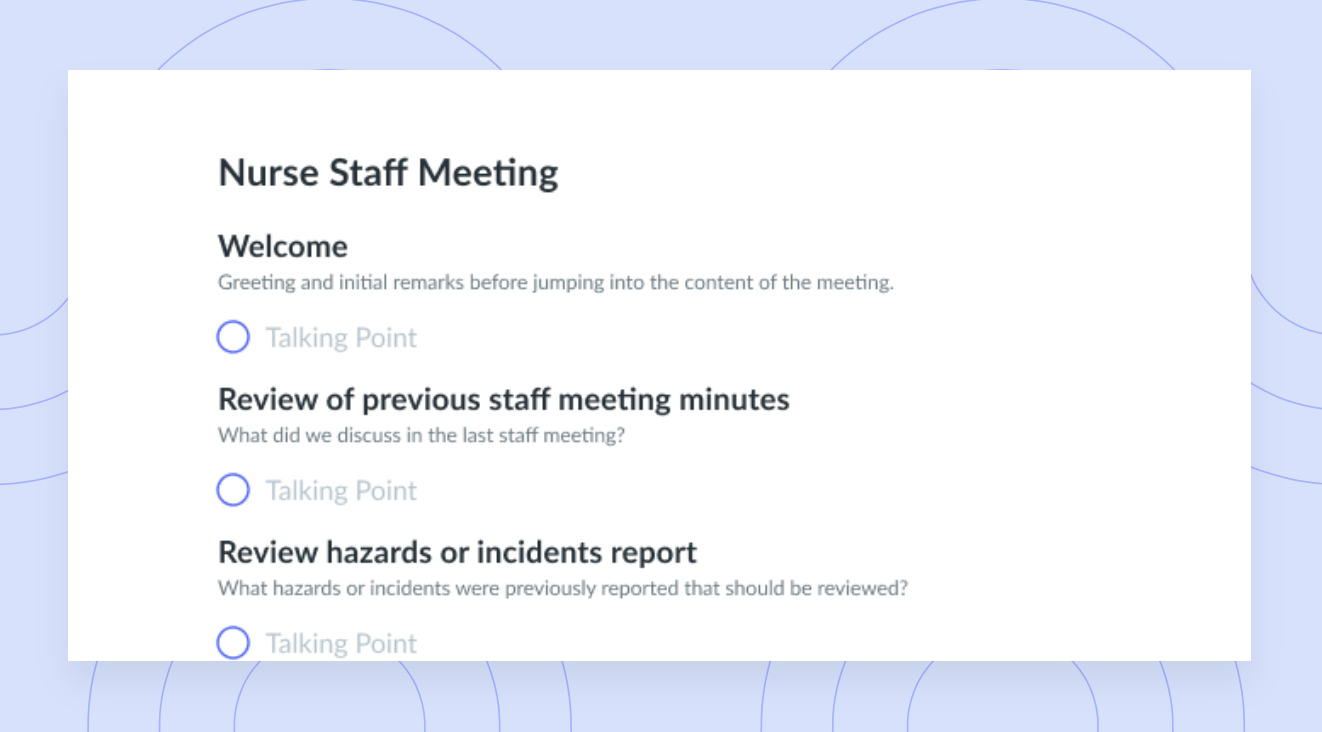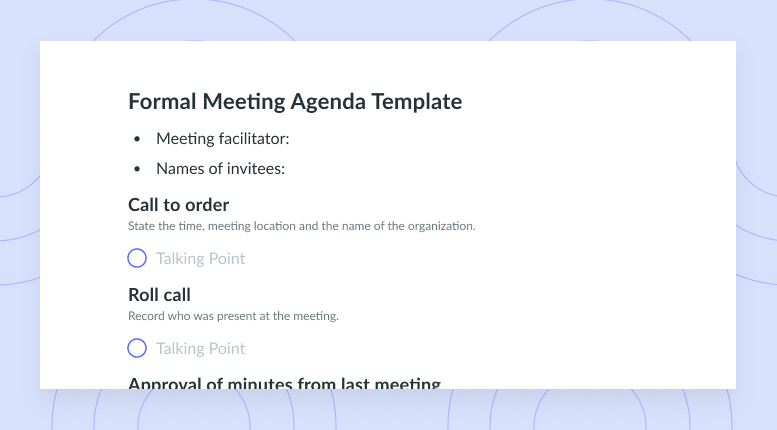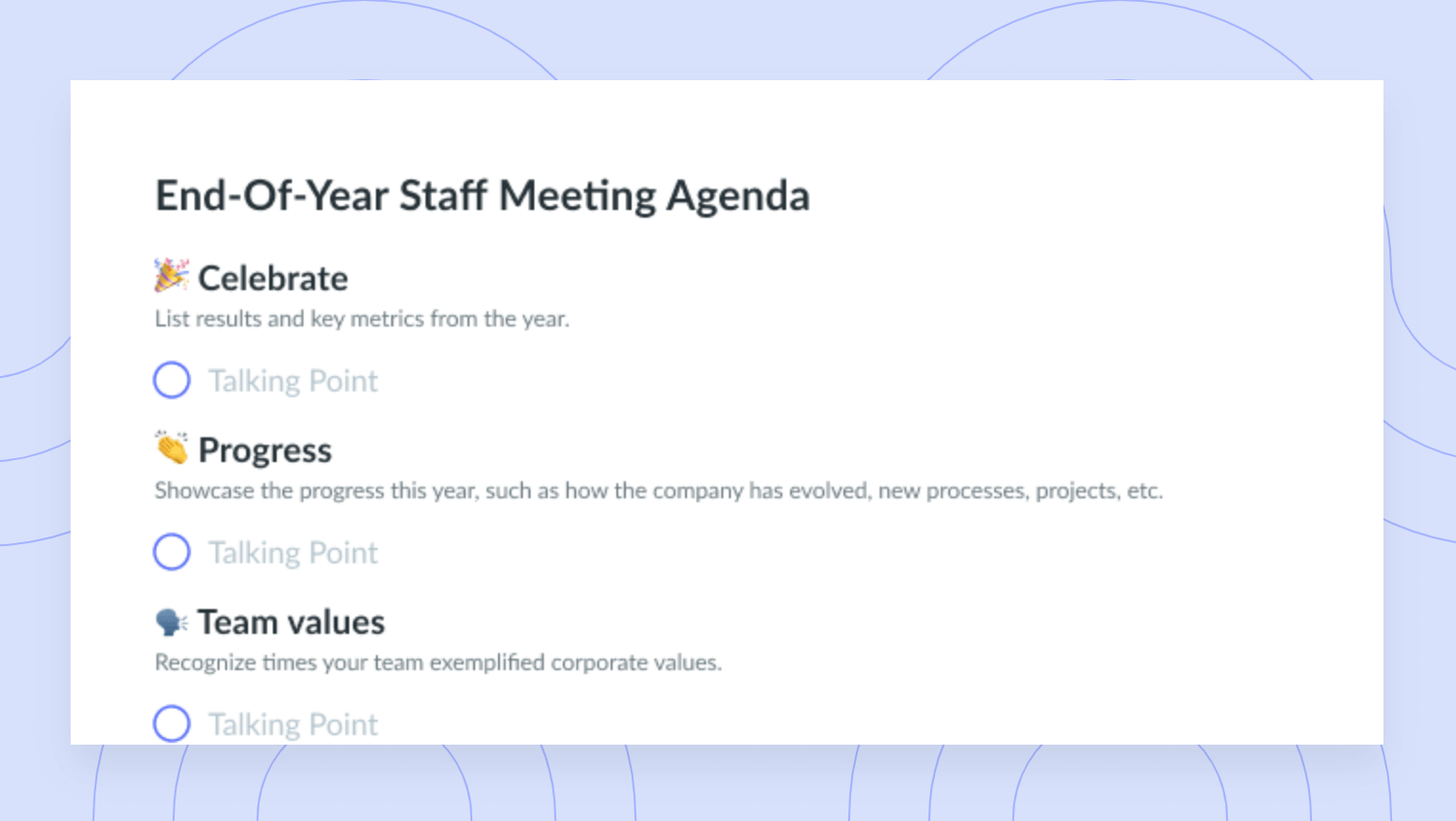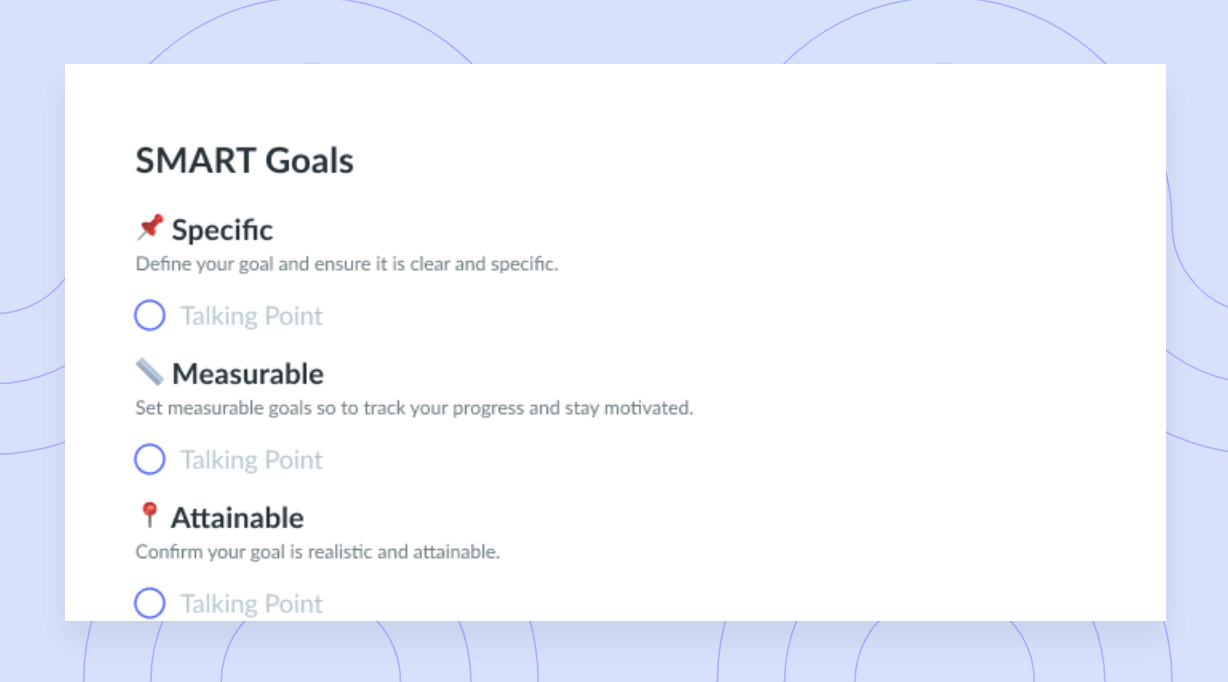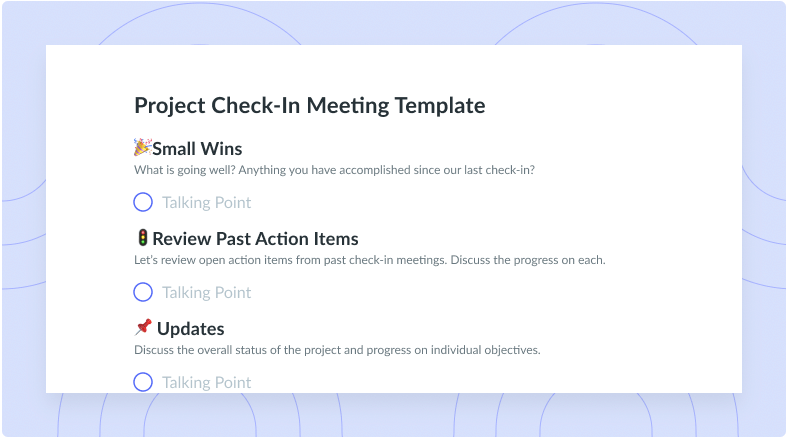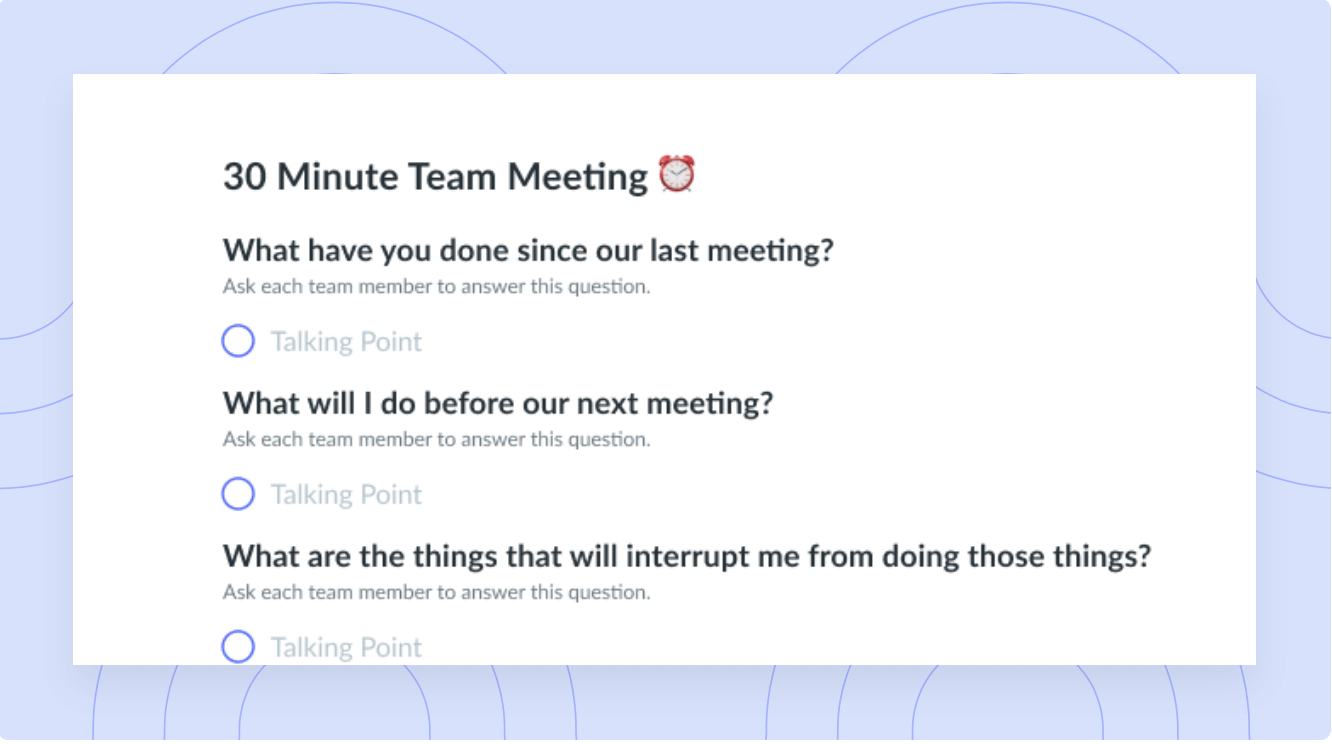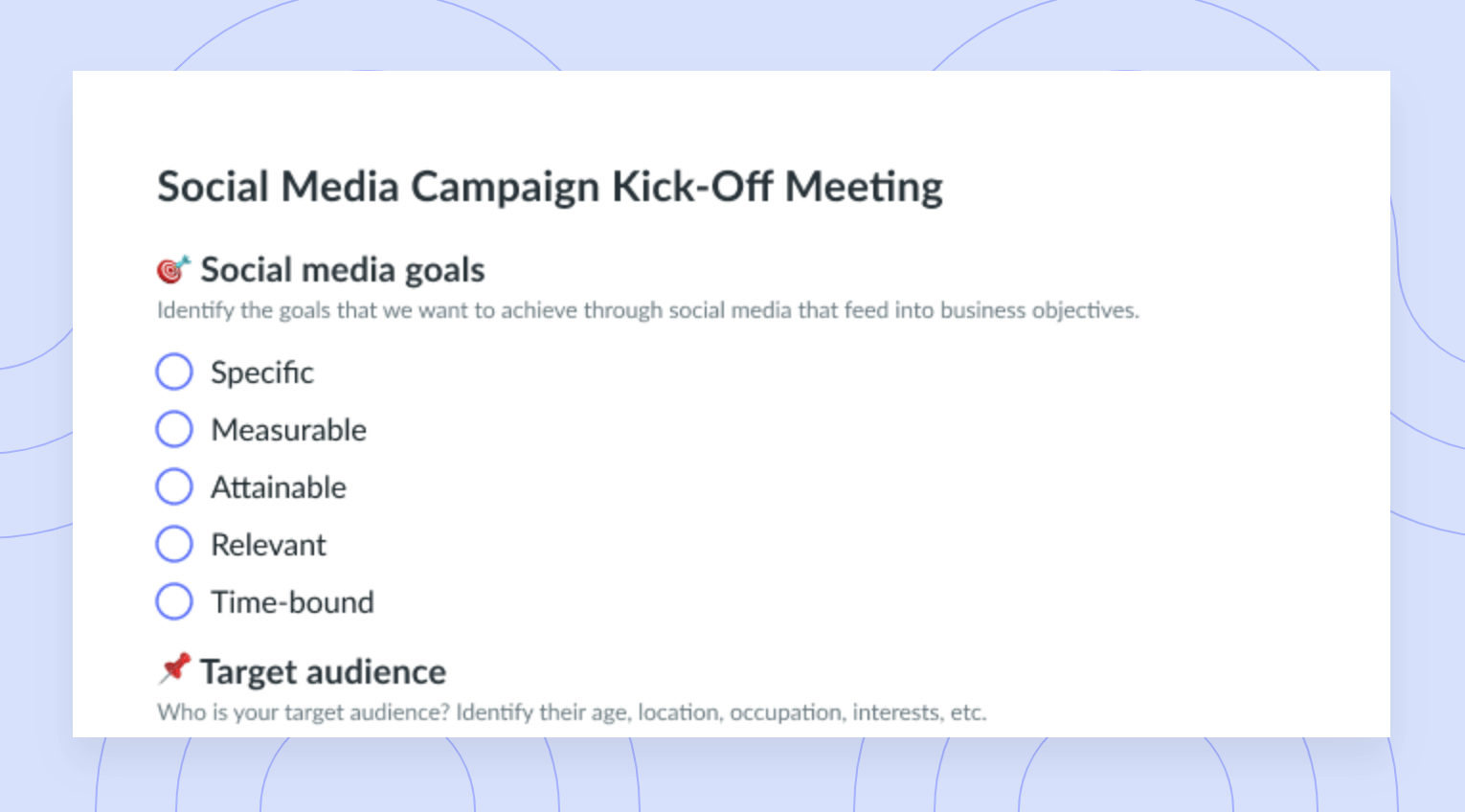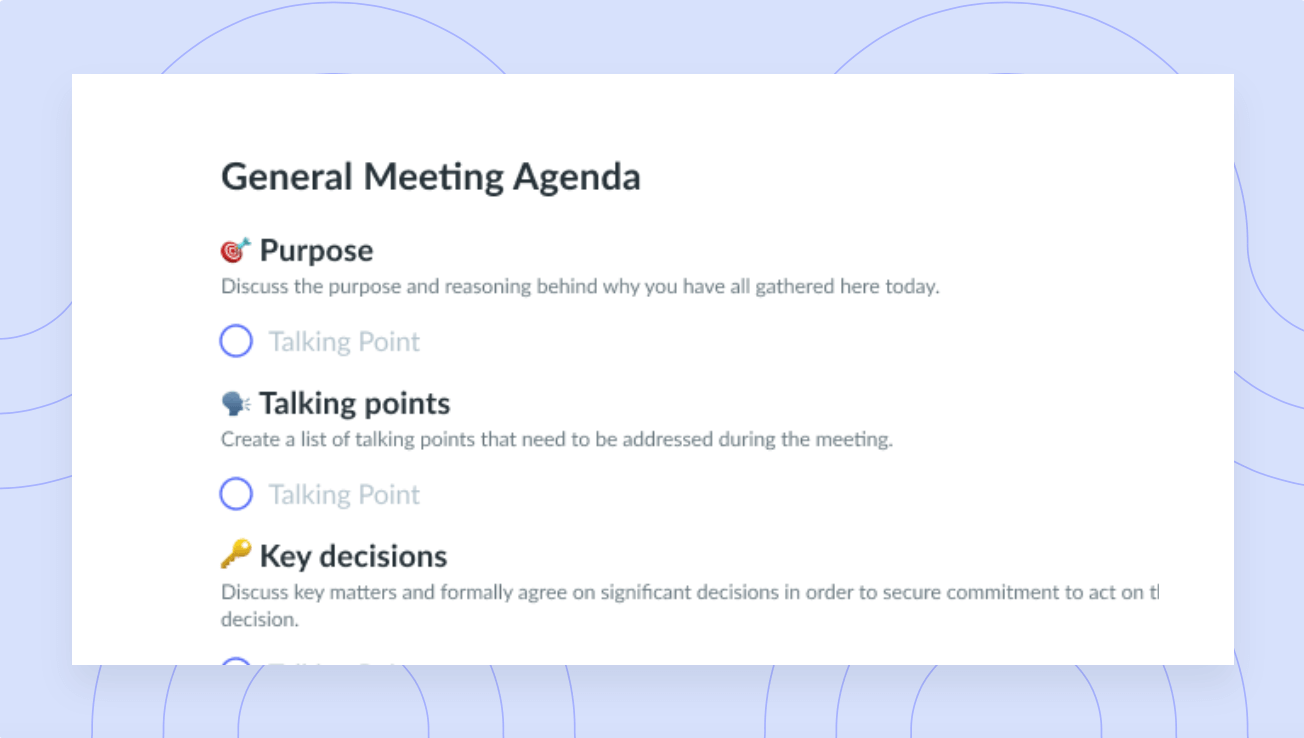What to Exclude From Meeting Minutes? Do’s & Don’ts For a Great Summary
Effective meeting minutes are all about understanding what’s important and what we can live without recording. Use this guide to avoid the most common mistakes with regards to meeting minutes.
We’ve all been in a situation in a meeting or in training where we’re frantically trying to capture every detail of a speaker on paper and just can’t catch it all. Sometimes, the toughest part of taking meeting notes is knowing what should not be included in meeting minutes.
Effective meeting minutes are all about understanding what’s important and what we can live without recording. Luckily, meeting minutes are a more structured version of taking notes and there is a method to creating great meeting notes based on your personal observations as an attendee or board member.
Because there are some common mistakes we see time and time again with regards to things you shouldn’t include in meeting minutes, Fellow has created the ultimate guide of do’s and don’ts when it comes to writing great meeting minutes.
- What are meeting minutes?
- Why do meeting minutes matter?
- What not to include in meeting minutes
- What to include in meeting minutes
- Meeting Minutes Templates
What are meeting minutes?
Meeting minutes are the written record of the dialogue and decisions made during a meeting. Essentially, it is a written documentation of everything that has been discussed over the course of the meeting that can then be used to either inform team members who weren’t able to attend what happened or to keep track of decisions and action items that can be revisited.The minutes from previous meetings can then be used in order to make future decisions.
Meeting minutes, therefore, serve as a historical record of board decisions. Meeting minutes can be specific to board meeting minutes, where the parties involved include a board member or a board of directors. Meeting minutes can also be written for a committee meeting or any other type of meeting that requires an official record.
Why do meeting minutes matter?
Meeting minutes matter for several reasons. Generally, meeting minutes provide a historical record of the company’s short and long-term planning. Because each meeting contains an objective or goal, the board or meeting participants can then use the meeting minutes as a record for future reference, to understand the progression that has been made.
Meeting minutes are important because they provide legal protection for the organization. Often due diligence is captured in companies’ meeting minutes as well as any legal conversations which can then be officiated and documented to confirm the ethical, fair practices of the organization.
Meeting minutes also serve as proof of why and how an organization came to certain decisions. This documentation can then be used to answer any questions that arise in reference to any decisions that have been made.

Keep track of decisions and action items.
Meetings being booked without a purpose or going completely off-topic? Fellow’s collaborative approach transforms meetings into productive work sessions you’ll want to attend.
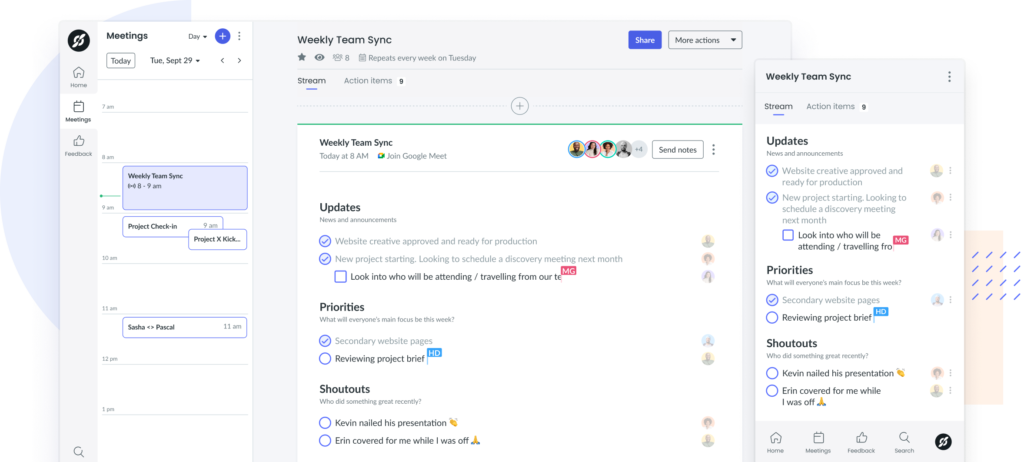
Don’ts: What should not be included in meeting minutes
1 Don’t write a transcript
Capturing it all would be impossible, so don’t bother with writing a transcript of the meeting. Alternatively, choose to listen attentively for large-scale decisions, action items, problems and any solutions proposed.
Instead of documenting everything that was said, try including facts about your meeting in terms of what has been decided and discussed.
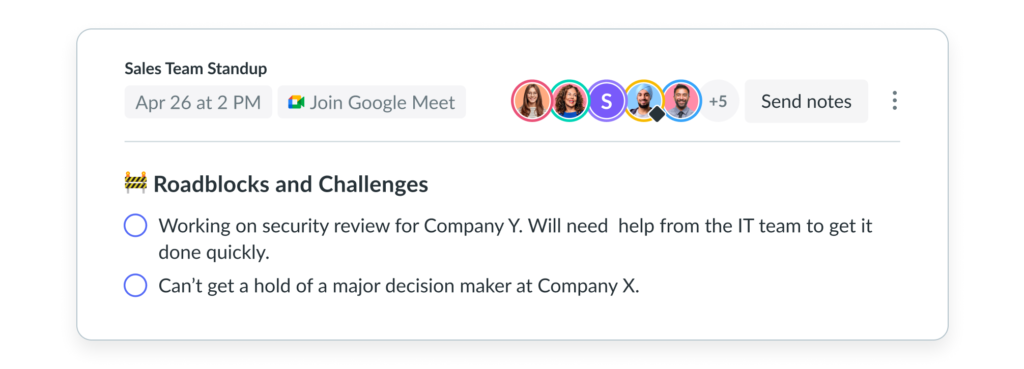
2 Don’t include personal comments
While writing meeting minutes, remember to be professional and to provide an unbiased, equitable view of the meeting. It’s really important to keep an objective stance for the sake of making smart business decisions. This isn’t the time or place to include your personal comments or opinions.
3 Don’t wait to type up the minutes
Record your meeting minutes as they’re happening so that you can document accurately and appropriately. The longer you wait, the less accurate they become.
Type during the meeting or as soon as possible after a meeting when everything is still fresh in your mind.

4 Don’t handwrite the meeting minutes
Although there’s nothing wrong with some good old fashioned handwriting, consider using a more effective manner to get information down as quickly and efficiently as possible. If you type out your notes, you’re gaining speed and a little extra help from technology for efficiency.
Instead of hand writing the meeting minutes, using a tool like Fellow will help you keep organized with everything in one convenient spot.
Do’s: What to include in meeting minutes
1 Use the agenda as a guide
The agenda will show you what needs to be discussed during the meeting. Use the meeting agenda as an outline, with each agenda item as a sub-topic where you can add more specific notes.
Even better, if similar meetings have taken place before, you can use previous meeting agendas as a template in order to begin taking your minutes with some structure already in place.
Using a strong meeting agenda template will help you create consistently structured and sufficiently detailed minutes.

2 List the date, time, and names of the attendees
Before you actually begin writing the minutes, start with the basics. First, provide the date, time and location of the meeting. Next, document the names of all of the meeting participants and any individuals who were unable to attend. It is likely that at the beginning of the meeting, there will be some time dedicated to the acceptance or amendment to previous meeting minutes. Better yet, use the calendar invite to check names as participants join.
If you use Fellow to build your meeting agendas and write meeting minutes, the meeting date, time, and attendees will show up automatically!
3 Keep minutes at any meeting where people vote
Ensure you are documenting the decisions made at any meeting where people take a vote. Be sure to record all motions and outcomes of votes. Record the number of votes and if possible, add some detail for context so that when you’re adding more information to the notes later, you’ll understand the motives behind the decisions.
4 Stay objective. Record what is discussed and decided without giving a judgment
Generally meeting minutes need to stay objective. Make sure the minutes of the meeting include language that is clear, unambiguous, and complete. It’s important to write your meeting minutes objectively, avoiding adjectives and adverbs where you can to avert bias as much as possible.
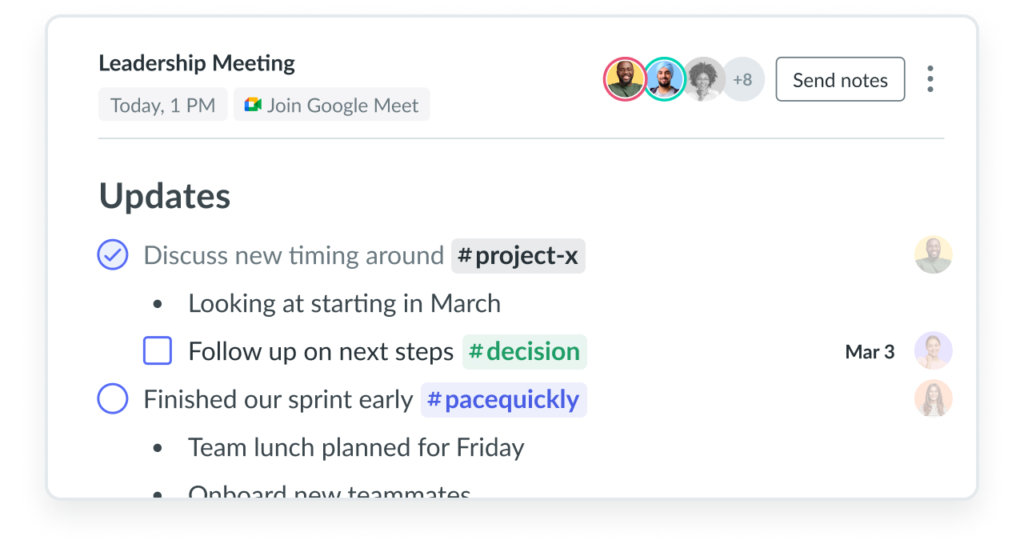
ProTip for taking good minutes: Use a meeting minutes software
Using a meeting minutes software like Fellow makes it easy to know what to include and what not to include in your meeting minutes. How? One of the building blocks of writing meeting minutes is the agenda itself. In Fellow, choose one of 500+ meeting templates (or create one of your own) to help format and provide structure to your meeting minutes. These notes will then be accessible to all meeting attendees so that they can contribute talking points that they want to discuss, and prepare for the meeting. Since these meeting minutes are automatically tied to your calendar events, you won’t need to take the extra step of writing the names of the attendees, or the date of the meeting – it’s already done for you!
A shared, collaborative document can also help ensure that the best minutes are taken. Since everyone is able to add to the notes, there are more people’s eyes on the notes to help ensure that every important item is recorded and nothing is missed. In Fellow, attendees also have the option to add in comments and reactions, which can help tell the full story of the meeting. All of this helps ensure that at the end of the meeting, there is one complete source of truth about what happened in that meeting.

Meeting Minutes Templates
Meeting Minutes Template
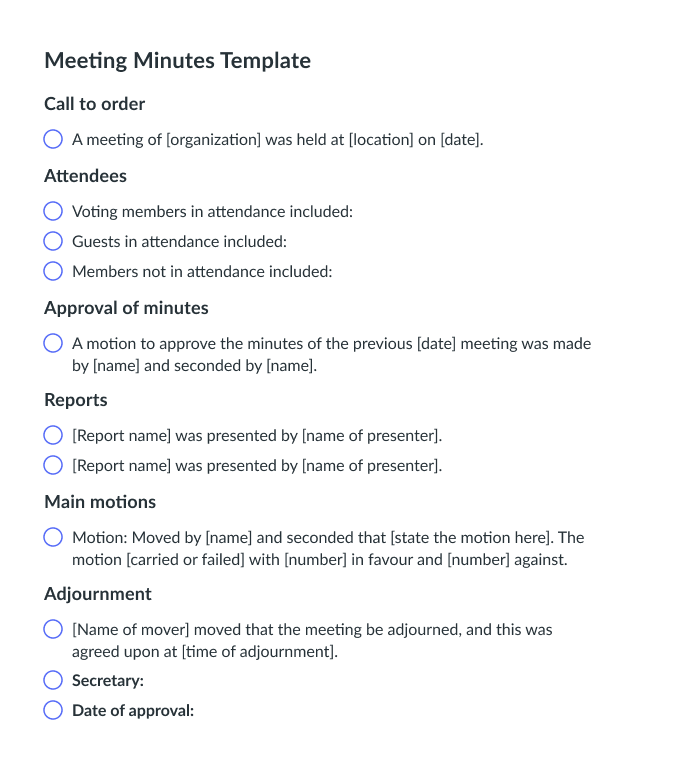
Board Meeting Minutes Template
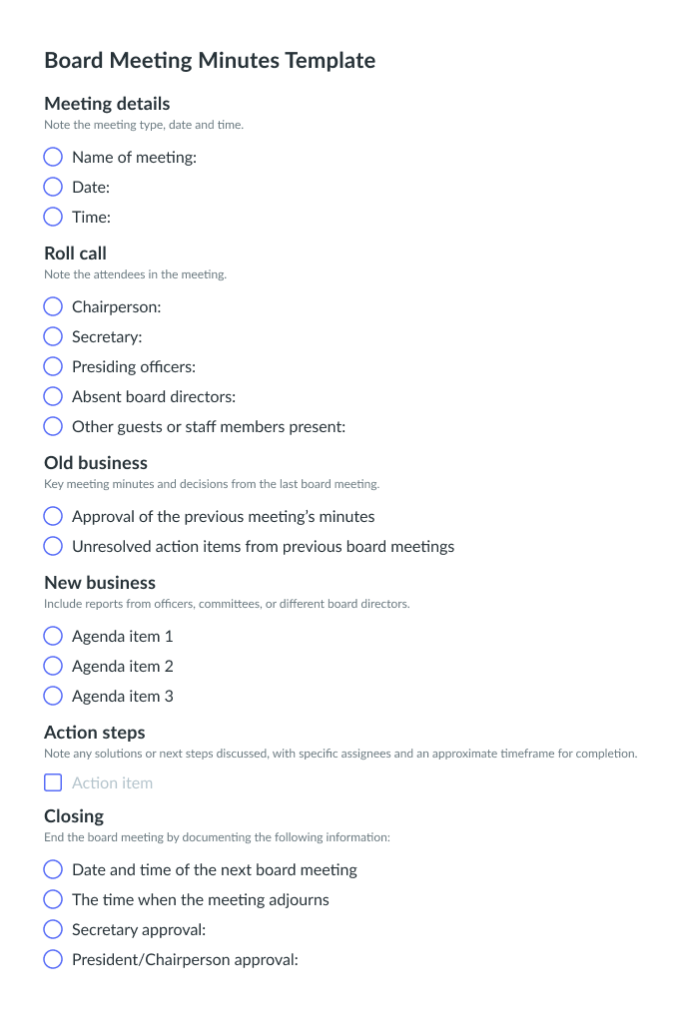
Recap
Sometimes, it can be overwhelming to think about everything that we need to include when we’re writing meeting minutes. It’s impossible to capture it all so it’s important to take a strategic approach to recording meetings and the business decisions that result from them.
Here are four things you shouldn’t do when writing meeting minutes:
- Don’t write a transcript
- Don’t include personal comments
- Don’t wait to type up the minutes (do it in real-time)
- Don’t hand write the meeting minutes (use a virtual tool like Fellow instead)
… and four things you should remember doing:
- Use the agenda as a guide (write notes under each talking point)
- Include date, time, and names of the attendees
- Record all motions and outcomes of votes
- Write your meeting minutes objectively, avoiding adjectives and adverbs
Whenever you need a little bit of guidance, refer back to this article for the 8 do’s and don’ts of writing meeting minutes, or take a look at this meeting minutes example!




![How to Write Meeting Minutes [Templates and Best Practices]](https://fellow.app/wp-content/uploads/2020/10/Meeting-Minutes-Example.jpg)




